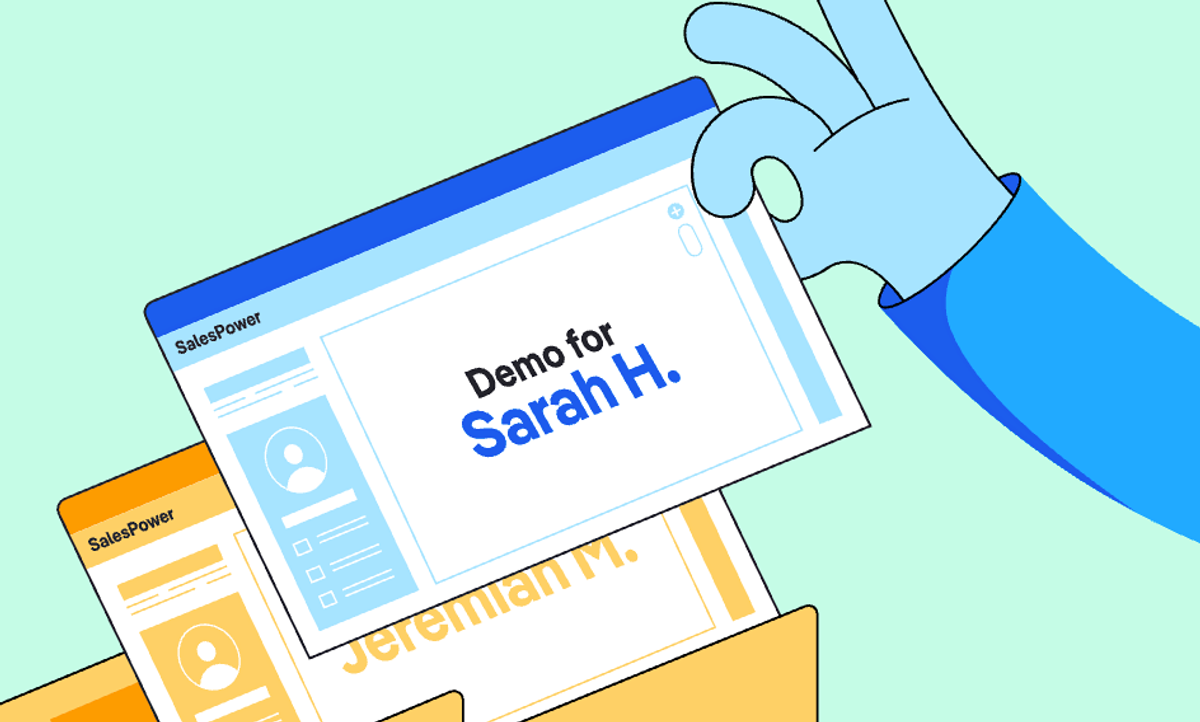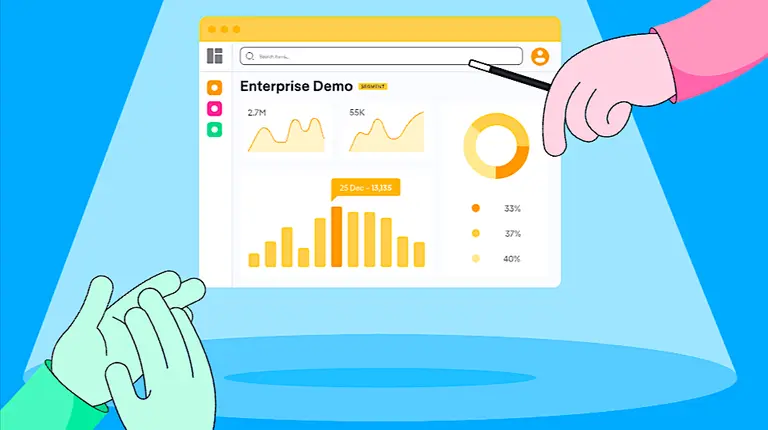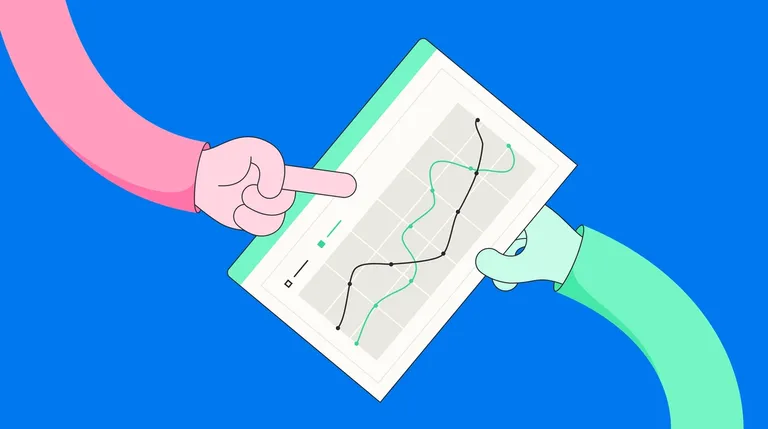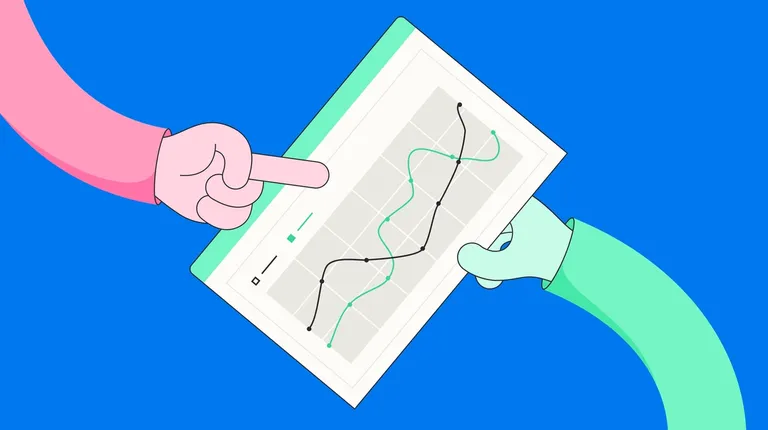Objection handling is one of the most common challenges in B2B sales. When a prospect questions a feature gap in your product or raises concerns about how your solution solves their pain points, sales teams are expected to respond quickly and clearly. These situations come up often, and how they’re handled can be the difference between the deal stalling or making a sale. But what if your sales team had a strategic cheat sheet that enabled quick, confident responses?
That’s where battle cards give sales and presales teams an advantage. A battle card is a practical resource used to guide objection handling during live sales conversations. They help teams respond with clear, accurate information when it matters most. It’s no surprise that 63% of competitive intelligence leaders now provide battle cards to their sales teams, and 71% of companies using them have seen win rates improve.
Battle cards support different parts of the sales process, from competitive positioning to persona targeting. When built around specific objections, they give sales teams a way to respond that keeps deals moving. They can even inform how your solution is presented in a demo by helping teams reinforce the right message at the right moment. Let’s take a closer look at battle cards and how aligning cards to buyer friction points leads to increased sales.
What Are Battle Cards, and Why Do They Matter?
Battle cards are internal reference tools used by sales and presales teams to address objections and respond to competitor claims during high-stakes conversations. They’re designed to give teams quick access to the positioning and technical details needed to support live selling.
Most are structured as visual aids with single-page layouts using bullet points, brief text sections, and at-a-glance content like feature comparisons or customer proof points. Many teams now embed battle cards into CRMs or communication platforms so they’re available where the work happens.
Who Uses Battle Cards and How?
Sales and presales teams use battle cards to respond clearly when questions come up about product capabilities or competitor messaging. For example:
- Presales Enablement Teams maintain and distribute battle cards, and ensure they reflect current objections and messaging.
- Sales Engineers use them to answer technical questions and support product comparisons.
- Account Executives use battle cards to prep for calls and respond clearly when objections come up mid-conversation.
- Channel Partners use them to stay aligned on product positioning in external conversations.
Why Battle Cards Matter
In complex B2B sales, teams are expected to respond to friction as it happens, often without time to reset the conversation. When common objections aren’t handled clearly, important details can get lost or misrepresented. Battle cards help teams prepare for the specific points that tend to slow down deals. They anchor messaging in actual buyer concerns and help teams keep the conversation going.
5 Key Benefits of Battle Cards
Battle cards offer many benefits to the presales and sales motions, including:
- Faster Ramp for New Reps - Battle cards give new team members a clear starting point. They explain core messaging and cover the objections reps are most likely to face early on.
- Consistent Competitive Messaging Across Teams - With shared language in place, sales and presales teams are less likely to contradict each other or dilute the product story in competitive conversations.
- Increased Confidence in Live Selling Moments - Quick access to validated responses helps teams stay focused during calls and avoid second-guessing their answers.
- Stronger Differentiation Against Competitors - Battle cards make it easier for teams to highlight what sets the product apart, especially when a competitor is already in the deal or brought up by the buyer.
- More Effective, Targeted Demos - Teams can use likely objections or vertical-specific friction points to shape what they show in the demo, making the experience more relevant to the buyer.

7 Types of Battle Cards
- Objection Handling Cards equip sales and presales teams to respond clearly when questions about risk, timing, or implementation come up during live conversations.
- Competitor Comparison Cards provide a direct view of strengths and weaknesses across solutions. They are helpful when buyers mention alternatives or ask how products compare.
- Feature/Benefit Highlight Cards focus on the capabilities that are most relevant to a prospect’s use case and help reinforce value during calls or demo prep.
- Industry or Use Case Cards offer messaging and proof points tailored to specific verticals such as healthcare, cybersecurity, or industrial water treatment.
- Pricing & Value Justification Cards support conversations where cost is a concern by framing pricing in terms of business impact or efficiency.
- Persona/Stakeholder Cards align messaging to the role of a specific decision-maker, such as a VP of Sales or a CTO.
Product FAQ / Roadmap Cards support late-stage sales conversations where buyers are evaluating the product’s technical fit and future direction. These cards cover topics like feature availability, roadmap plans, security standards, and integration requirements.
7 Essential Battle Cards for Specific Objections
Objection-based battle cards are some of the most valuable assets a sales team can use. They’re built around real moments of buyer hesitation, when questions or concerns can delay decisions and cause deals to lose momentum. When these cards reflect the objections teams hear most often, they give sales and presales teams a direct way to resolve concerns and close deals faster.
Here are seven common objections and how your sales team can use battle cards to overcome them:
1. “We’re already using [Competitor].”
This objection doesn’t always reflect satisfaction. It often means the buyer is comfortable with what they have, and is unsure why switching is worth the effort. This battle card helps teams reset that baseline by equipping them with language and proof that shows where your solution creates more value.
The card for this objection typically includes:
- A side-by-side comparison of key features or capabilities
- Clear reasons why customers switch and what improvements they saw
- Straightforward answers to common claims made by the competitor
- Suggested ways to shift the conversation from features to measurable business results
- Examples or quotes from customers who replaced the competitor successfully
Sales and presales teams use this battle card early in the conversation to move past what the buyer already knows and focus on what they could gain by making a change.
2. “It’s too expensive.”
This common objection usually means the buyer hasn’t connected the cost of the product to the value it delivers. In many cases, the sales conversation shifts to budget too early, before the buyer understands what the solution actually solves. This battle card helps sales teams redirect that conversation back to your solution’s business impact.
The card for this objection typically includes:
- Language to explain the solution’s business value in plain terms
- Examples that connect pricing to saved time, improved team output, or reduced operational overhead
- Comparisons that show how doing nothing or using another tool can cost more over time
- Customer examples that show how similar teams got internal buy-in after seeing results
The battle card for this objection refocuses the conversation for sales and presales teams on outcomes rather than price tags. It helps buyers understand what they’re paying for and most importantly, what they stand to gain from your product.

3. “We’re not ready for this yet.”
Even when the buyer recognizes a need, this objection often surfaces due to hesitation about timing. It might even come up immediately, as the response to a discovery call question. Buyers may feel they don’t have the internal bandwidth to evaluate or implement something new at this time. A battle card helps sales and presales teams reframe that hesitation as a missed opportunity.
The card for this objection typically includes:
- Messaging that ties the solution to problems the buyer is already experiencing
- Examples of companies that started small and saw quick wins
- Responses to common concerns about internal priorities or capacity
- Suggested next steps that show how progress can begin without a full rollout
- Language that introduces urgency without creating pressure
Sales and presales teams use this battle card when buyers hesitate to engage. It gives them a way to keep the conversation grounded in current pain and shows that waiting could mean letting those problems persist longer than necessary.
4. “We don’t have time for a demo or POC.”
This objection is frequently voiced when the buyer is interested but assumes the evaluation will take too much time or effort. In their mind, it sounds like a big project, and they’re too busy to deal with it. This battle card helps presales teams lower that resistance by offering faster, simpler ways to try the product.
The card for this objection typically includes:
- Options for fast, low-effort evaluations such as sandbox access or guided product tours
- Recorded walkthroughs or short demos tailored to the buyer’s use case
- Clear expectations around time, level of effort, and who needs to be involved
- Examples of how other teams evaluated the product quickly and with minimal disruption
Presales teams use this battle card to help buyers move forward without making a significant time commitment. It makes the evaluation feel achievable and helps keep the deal moving.
5. “It’s too complex to implement.”
This objection usually stems from negative rollout experiences in the past, or a lack of visibility into what implementation actually involves. Buyers hear “new platform” and picture a long, complicated process that eats up internal resources. In this case, a battle card helps presales teams reset those expectations by showing how onboarding actually works.
The card for this objection typically includes:
- A plain-language summary of the onboarding process
- A list of which tasks are handled by the vendor versus the buyer
- Estimated timeframes and the number of people typically involved
- Examples of teams with limited resources who still saw fast implementation
- A product demonstration that shows what onboarding looks like and how setup actually works
- Answers to common questions about integrations or setup steps
The purpose of this battle card is to enable presales teams to remove uncertainty from the process and give the buyer a clearer picture of what to expect. It replaces assumptions with specifics and helps prevent fear of complexity from impeding a deal.
6. “How secure is your platform?”
Protecting company data and ensuring vendor compliance are the motivations behind this buyer objection, which usually comes from legal, IT, or procurement teams. Even when the buyer is ready to move forward, unanswered security questions can raise red flags and trigger detailed reviews that delay a purchase. A battle card helps your presales team to respond with clear, accurate answers before that happens.
The card for this objection typically includes:
- Standard responses about certifications and how the platform handles customer data
- A summary of what SaaS security measures are in place and how they’re enforced
- Answers to common technical questions that come up during evaluations
- References to documentation or security review materials used in past deals
- Examples of companies with similar requirements that approved the platform
This battle card helps presales teams control the conversation and assure buyers that your solution is safe, regulated, and trustworthy—and keeps the legal and security teams away from the bargaining table.

7. “We’ve tried this before, and it didn’t work.”
Buyers who previously purchased software to solve the same problem but didn’t see the results they expected often voice this objection. Maybe their rollout was never fully completed, or the product didn’t match their needs. Now, even if the need still exists, the buyer is hesitant to try again. To address their hesitation, sales teams can use this battle card to show what’s different this time and why your solution is more likely to succeed.
The card for this objection typically includes:
- Examples of customers who had similar doubts and saw better outcomes
- Language explaining what has changed since the buyer last tried solving this problem
- Guidance for responding to concerns about previous vendor limitations or rollout issues
- Questions that help define what a successful outcome would look like now
- Messaging that helps the buyer see this as a new opportunity, not a repeat of past mistakes
Sales teams leverage this battle card to reframe the buyer’s past experiences and open a path forward. It gives a buyer the confidence to reconsider the solution with better information and more realistic expectations.
How Battle Cards Improve Sales Demos
Battle cards and sales demos serve different functions, but when used together, they make each other more effective. A well-crafted battle card doesn’t just help a team respond to questions in the moment. It can also shape the structure of a demo by highlighting which concerns are likely to come up and what the best proof points are to address them.
For example, if a battle card flags “integration complexity” as a common objection in the healthcare vertical, a demo can be designed that shows exactly how the product handles those requirements. With Demostack’s platform, teams can quickly create a custom demo environment using Cloner and use Playbooks or overlays to guide conversations around common objections inside the demo itself. That alignment helps teams deliver a narrative that addresses concerns before they are voiced.

The benefit runs both ways. When a sales engineer sees that a particular part of the demo consistently prompts questions, they can work with enablement to update or expand the relevant battle card. The messaging becomes tighter, the card becomes more useful, and the next demo becomes more effective. This feedback loop keeps both tools grounded in real conversations and focused on winning deals.
Turn Your Battle Cards Into Winning Demo Strategy
Battle cards are one of the most effective tools for overcoming objections in complex B2B sales. They help sales and presales teams prepare for the tough questions, align messaging across roles, and keep deals moving forward. But to truly shift a buyer’s perception of your solution, that narrative has to be reinforced during the demo, which is where decisions start to take shape.
That’s where Demostack delivers a significant advantage. The demo platform is built for sales and presales teams, and lets you create consistent, ready-to-go demo environments tailored to any buyer conversation. You can highlight key features, demonstrate workflows, or walk through objection-specific use cases—all without relying on engineering. Teams can easily control the entire product story and keep it aligned with the objection coverage in their battle cards.
Try a demo of Demostack to see how it helps you turn your best battle cards into even better demos.





